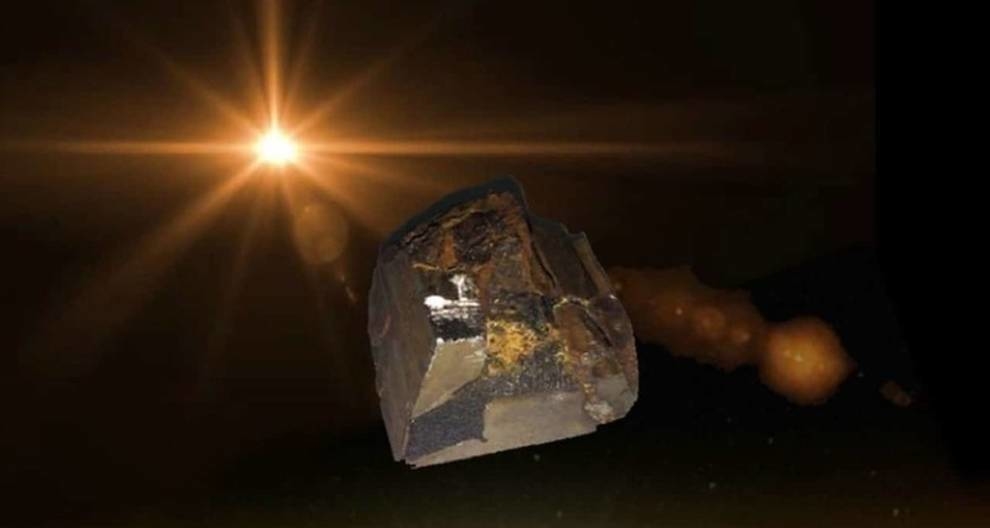
Astronomers have discovered superconducting materials in meteorites
The team of researchers thoroughly studied fragments of 15 cosmic bodies that fell to Earth. Scientists have observed how the individual components of the crushed material of meteorites react to a magnetic field. As a result, superconducting phases were discovered immediately in two meteorites of different composition that landed at different points on the planet. The results of the study are published in the proceedings of the National Academy of Sciences (PNAS).
Mundrabilla and GRA 95205 meteorites fell on Australia and the Earth’s south pole. Mandrabilla is an iron sulfide meteorite that formed as a result of the melting of the asteroid’s core and then cooled very slowly. GRA 95205 refers to even more rare types of stone meteorites - ureilites. Unusual formation conditions and extremely low space temperatures make meteorite matter extremely interesting to study. However, scientists could only expect superconducting properties from them with little hope. According to research director Ivan Schuller of the University of California at San Diego, superconductivity in natural samples is extremely unusual.
After confirming the presence of superconducting phases in meteorites, a team of scientists applied ultra-sensitive diagnostics, as well as numerical methods, to establish the elemental composition of space superconductors. The researchers found that the conductive phases of both meteorites include alloys of lead, tin and indium - the softest non-alkaline metal.
The presence of identical conductive phases in such heterogeneous meteorites prompted scientists to continue to search for superconductors in space "debris", as meteorites are sometimes called. After all, the study of natural superconducting materials can be useful in investigating the secrets of the formation of planets from interstellar matter, and will also help to learn more about the origin of giant magnetic fields in the galaxy.
Mundrabilla and GRA 95205 meteorites fell on Australia and the Earth’s south pole. Mandrabilla is an iron sulfide meteorite that formed as a result of the melting of the asteroid’s core and then cooled very slowly. GRA 95205 refers to even more rare types of stone meteorites - ureilites. Unusual formation conditions and extremely low space temperatures make meteorite matter extremely interesting to study. However, scientists could only expect superconducting properties from them with little hope. According to research director Ivan Schuller of the University of California at San Diego, superconductivity in natural samples is extremely unusual.
After confirming the presence of superconducting phases in meteorites, a team of scientists applied ultra-sensitive diagnostics, as well as numerical methods, to establish the elemental composition of space superconductors. The researchers found that the conductive phases of both meteorites include alloys of lead, tin and indium - the softest non-alkaline metal.
The presence of identical conductive phases in such heterogeneous meteorites prompted scientists to continue to search for superconductors in space "debris", as meteorites are sometimes called. After all, the study of natural superconducting materials can be useful in investigating the secrets of the formation of planets from interstellar matter, and will also help to learn more about the origin of giant magnetic fields in the galaxy.


